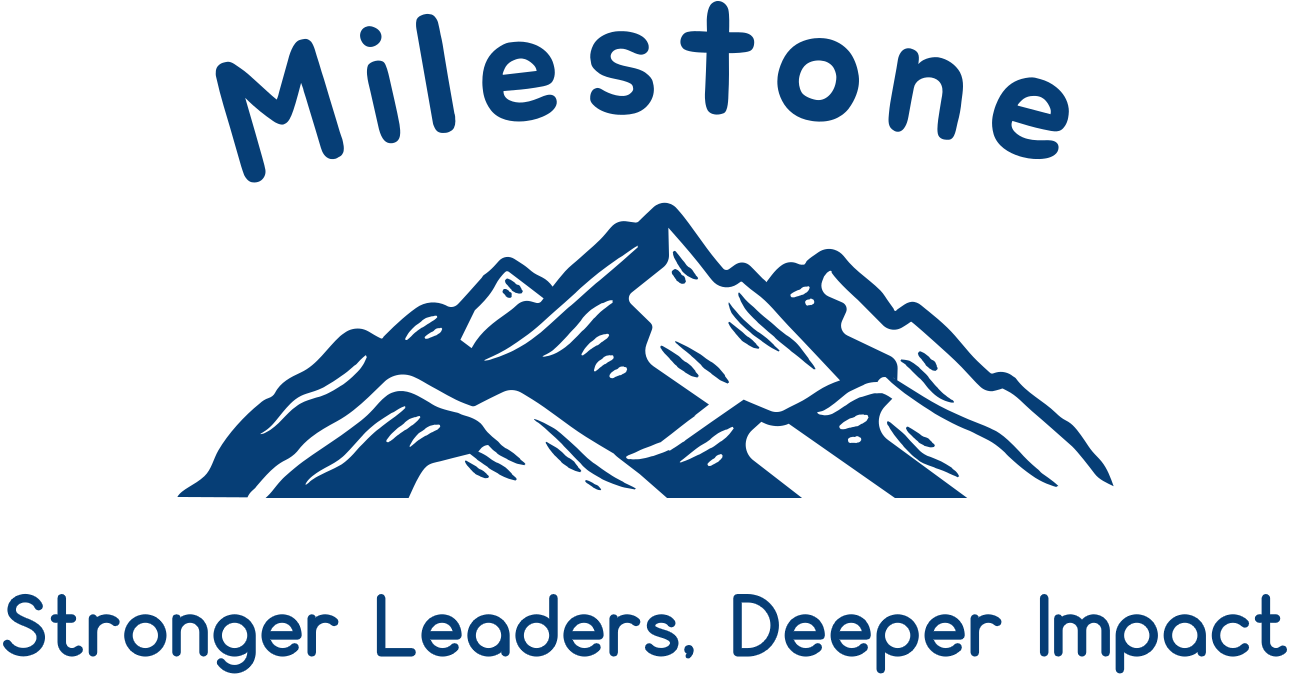A Leader’s Most Important Resource: People
In the previous piece, I wrote that time is a finite resource; while we can choose to use effectively, we can never increase it.
However, when we invest in people, the return on investment can be extraordinary. That return often shows up in creativity, problem-solving, productivity and resilience and the dividends frequently keep growing long after the initial investment.
If the first part of this series was about how effectively we spend our hours, this one is about how we invest our energy in our people, and their growth, capacity and capability.
The best leaders don’t just manage people; more importantly they unlock their potential by creating an environment where they can do their best work.
The best leaders begin by strengthening themselves, designing environments where others can thrive, and viewing people not just for who they are today, but who they can become.
Start with Yourself
Interestingly, unlocking the team’s potential starts with ourselves. The more we push our own limits, whether physically (running your first 5K) or mentally (learning a new skill or language), the more empathy and credibility we bring when encouraging others to do the same. Since growth usually begins just beyond our comfort zone, taking on new challenges, exploring unfamiliar ideas, or even seeking honest feedback about our leadership helps build the capacity and confidence to lead with strength and authenticity.
And that growth doesn’t require dramatic change. It often starts with small, consistent habits, maybe a few minutes of reflection, a short run, or a meaningful conversation that expands your thinking. These small steps, repeated over time, strengthen our ability to lead with energy and presence. When we expand our own potential, we expand what’s possible for the people around us.
Create the Conditions
Human potential really thrives in cultures that value clarity and trust.
When people know what matters, why it matters, that their contribution matters, and that they matter, you maximize potential. And when your team feels safe to take smart risks, contribute their ideas, and learn through experience, both creativity and impact can dramatically expand.
I really like the point Kim B. Clark makes in Leading Through (co-authored with two of his children): the conversations leaders choose to have, or avoid having shape an organization’s culture, growth, and impact far more than any strategy document ever will.
This is your primary role as a leader: to create clarity, inspiration, alignment and development opportunities and then know when to step in and when to get out of the way to let growth happen.
See and Develop Potential
Once the conditions are in place, the next opportunity for a leader is to create opportunities for growth. That means moving from assigning tasks and managing performance to developing potential by helping people stretch their capabilities and impact.
In his book, Drive!, Daniel Pink describes these as the three intrinsic drivers of motivation: autonomy, mastery, and purpose. When leaders nurture all three, they unlock engagement and creativity beyond anything that incentive plans can.
Autonomy gives people ownership, not just of their tasks, but of how they approach their work which reinforces trust and accountability. Mastery creates the desire to get better at something that matters, and it requires leaders to challenge their teams, offer feedback, and create space for learning through experience. Purpose connects individual effort to something larger, reminding people why their work matters and how it contributes to a shared mission.
When these elements align, people start setting their own goals, identifying opportunities, and solving problems without being told. That’s the point where leadership becomes less about direction and more about development.
The Resource That Multiplies
Investing in human potential has a compounding effect.
It starts with us, building the habits, increasing resilience, and developing self-awareness that allow us to lead with clarity, authenticity and energy. Potential grows when we create the conditions for others to thrive, including environments grounded in clarity, inspiration, alignment and development opportunities. And lastly, potential compounds when we focus on developing people, not just managing them, by providing space for autonomy, mastery, and purpose.
When people are engaged, trusted, and growing, they create time, drive results, and strengthen the entire system. The organization becomes more adaptable, creative, and capable of sustaining progress even through change.
With all of that in mind, here’s a question to ask yourself:
If someone observed your 1:1s this week, would they see you assigning tasks and checking progress or building potential?
